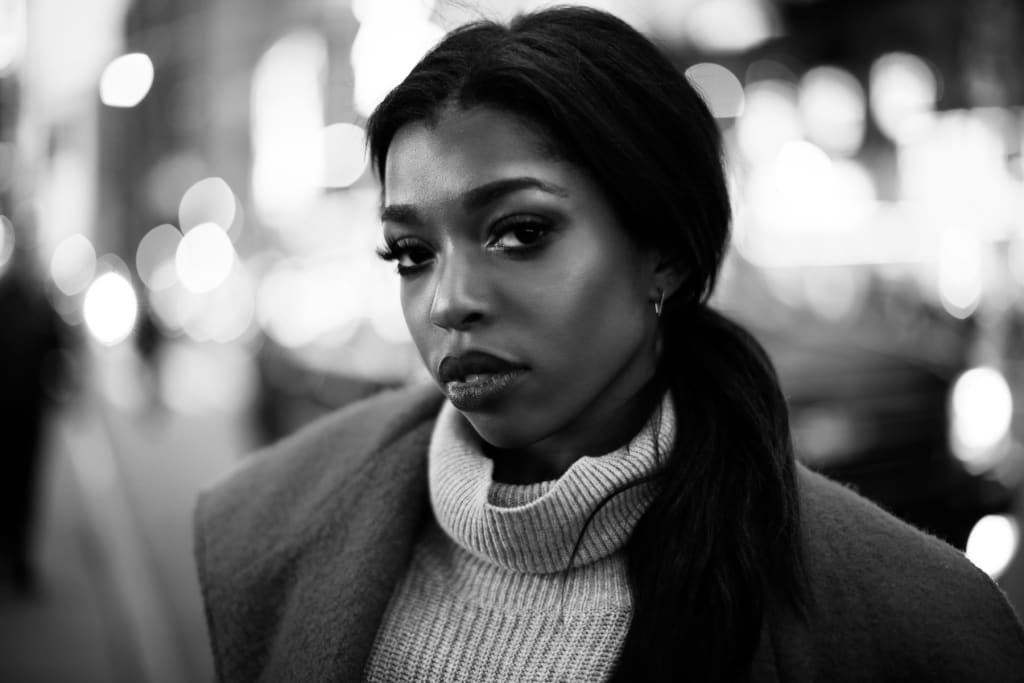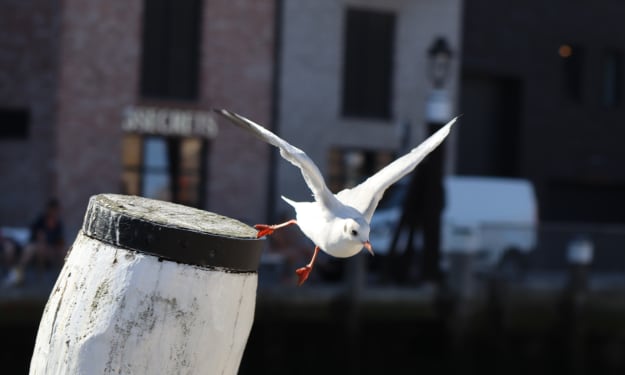How to Shoot Portraits at Night
Ever wonder how professional photographers shoot portraits at night? This guide will show you how.

If there's one thing most casual Instagram users wish they knew, it's how professional photographers shoot portraits at night without losing their minds. When you're shooting using an iPhone, it's easy to get peoples' features lost in the dark, or worse, just end up with a really distorted mess.
Shooting nighttime scenes isn't easy. In fact, it's one of the hardest things any photographer can do. However, it is possible. If you're new to photography, these tips will allow you to get better portrait shots.
Not all cameras are nighttime-ready. Some cameras are really only useful when they are being used in daytime. What we're trying to say is that cheap 35mm cameras are just not going to cut it. If you are shooting with a cellphone, late-stage iPhones will be best.
We strongly suggest using a DSLR camera, ideally, a Canon Rebel or similarly high-quality choice. The better your camera, the less likely it is that you will have to deal with noise.
On a similar note, shooting film night portraits is not advisable. It's way too easy to miss out on details when you have film, and worse, it's harder to take the same shot with alterations you didn't know you needed.
When you're choosing to shoot portraits at night, getting your camera to focus on a subject isn't going to be easy. To get a better focus, use a tripod to help stabilize the shot and reduce the chance of movement-related blurring.
You also should consider using a focus assist beam, if you have one. This form of lighting gives your portrait subject much-needed light while also giving your camera a "cue" on where to focus.
By focusing your camera's shot a bit better, you get crisper, more detailed photos. If you want to boost your photo's romantic vibe, take the time to incorporate a bokeh effect in the background by widening your aperture past 4.5.
One of the best tips you can learn to shoot portraits at night is to adjust your camera for the best results possible. A camera that's prepped for nighttime shooting is a camera that will capture better detail
Your camera has two main ways to "take in" more light. The first is ISO, which often will add "noise" and grittiness in exchange for more light. The higher the ISO rating, the lighter the photo will appear. The other is the aperture, and it literally controls the hole that lets light into your camera.
A wider camera aperture means that your camera will take in more natural light while you shoot. The more light your camera takes in, the less likely it is that you'll need to raise your ISO setting immensely. This, in turn, means that you will get sharper shots and might even be able to forgo your flash entirely.
Once you've widened your aperture, look at the viewfinder and adjust your ISO accordingly. Try to avoid raising the ISO too much, but do lower it until you can get enough light to gain details. High ISO should only be used when necessary.
If this is a bit too much work for you, you can always just use "Night Time Mode" on your camera. Most DSLRs and iPhones have this setting. It does help.
Did you ever notice how using a heavy flash tends to give every photo the appearance of an amateur club photographer trying to shoot portraits at night? You can avoid that washed out look without having to give up your flash altogether.
You shouldn't have to choose between either/or. Using a speedlight, or even putting a semi-transparent material in front of the flashbulb to help diffuse it can make a huge difference in your shot.
Soft light at nighttime offers up a flattering look that also doubles as romantic. It's the diffused light that gives you the portrait photography that ends up on magazine covers.
Want to do it even better? Try shooting with color gels for an added boost in mood.
One way or another, you will have to find a way to reduce the light emitted by your flash if you want to shoot portraits at night. You can either do this by moving your flash away from the person you're shooting, or you can use a softer light.
Neon light portraits are a really good option if you're low on cash but still want to get highly emotive shots in your portfolio.
You know, we've been talking about lighting a lot. Lighting is important, but you don't want to overdo it. If you're using more than one light, you're running the risk of overexposure.
So, if you are using another light aside from your flash, such as your assist beam, you should turn it off once it's done its job of helping your camera focus in.
Love the blurred look of artsy portrait shots at night? You can mimic them by jostling your camera around while you shoot. With a little movement and noticeable background lighting, you can get that effect pretty easily.
If you're just looking for blurry lights, then this easy tutorial will help that happen. You can also shoot street lights this way for a pretty yet artsy look at life.
Did you ever notice how many nighttime photos seem to have a rosy, orange-y, or brassy glow to them? If you're looking for a reddish hue, you're in luck. But, what if you want to get a bluer tinge to your shots?
Well, camera makers have made it possible. You can flip through your camera's different white balance settings to get a different effect. The tungsten effect is great or blueish shots.
Whether you're looking to shoot portraits at night or during the day, some rules just are not meant to be broken. Ignoring them tends to be a good way to waste good shots.
For example, keeping the composition of your photo in mind during the shoot will always be a wise move. Trying to find a shot that seems natural can also be useful—even if it's not actually very natural-looking in real life.
Basically, what we're saying is that you have to try to keep an eye out on the bigger picture. Literally.
If you trying to shoot portraits at night, you've got your work cut out for you. Finding the "X Factor" that makes your shot pop often means finding light that highlights your subject well.
Cellphone lighting, street lights, and even the light of a sunset can help bring out different elements of your subject in a way that traditional portraiture wouldn't. Experiment with it! It's part of the fun of photography.
About the Creator
Skunk Uzeki
Skunk Uzeki is an androgynous pothead and a hard partier. When they aren't drinking and causing trouble, they're writing articles about the fun times they have.






Comments
There are no comments for this story
Be the first to respond and start the conversation.